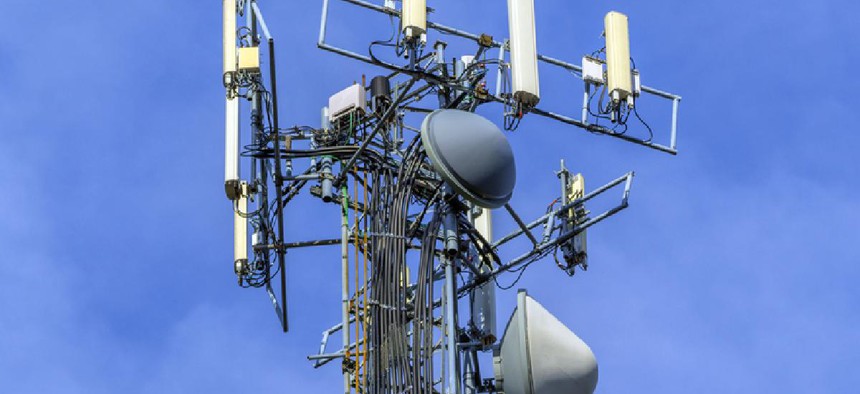How NTIA is trying to push 5G

The federal government looking to encourage 5G wireless tech by trimming regulations and making it easier for carriers to use federal property for cell sites.

The federal government is a critical partner for the wireless industry's expansion of next-generation 5G wireless services, a senior leader at the federal agency charged with managing civilian spectrum resources stressed in recent remarks.
"We must do everything we can to encourage infrastructure development," said David Redl, the National Telecommunications and Information Administration's assistant secretary for communications and information and administrator, in a Feb. 6 speech.
Redl was confirmed at NTIA's head last November.
His remarks followed a late-January kerfuffle over a leaked draft of a plan to nationalize commercial 5G networks because of security concerns. The White House quickly distanced itself from the presentation, however, and the official who authored the memo, Air Force Brig. Gen. Robert Spalding, has since exited the National Security Council..
Redl, in his Feb. 6 remarks at a broadband, media and Internet conference, said the federal government's role in 5G networks should be opening up more spectrum and facilitating infrastructure construction, including making it easier to place such infrastructure on federal land.
NTIA, he said, is "working with industry to help remove obstacles to deploying the network infrastructure that's needed for 5G to flourish." As the largest landowner in the country, the federal government can be a critical resource for companies looking to expand broadband services, especially into rural areas, Redl said.
Among those obstacles is a patchwork of federal permitting, siting and regulations that should be streamlined, Redl said. Those obstacles, he said, stand in the way of the build-out of backhaul connections as well as infrastructure that would support the small cells on which 5G will rely, such as poles, streetlights, rooftops and other structures.
An integral part of that streamlining, according to Redl, rests on an Executive Order and Presidential Memorandum issued by the White House in January supporting broadband tower facilities on federal properties.
The executive order calls for the continued implementation of the provisions in the Middle Class Tax Relief and Job Creation Act of 2012. That law requires the General Services Administration to develop a common master contract for wireless facility siting on buildings and other federally owned property.
The order said those common contracts would allow the government to more efficiently process wireless facility siting requests and provide more predictability for site availability to broadband providers. It gave GSA 180 days to evaluate the effectiveness of the Common Form Application with federal property managers and to report back.
NEXT STORY: Army looks at redefining its classified networks


